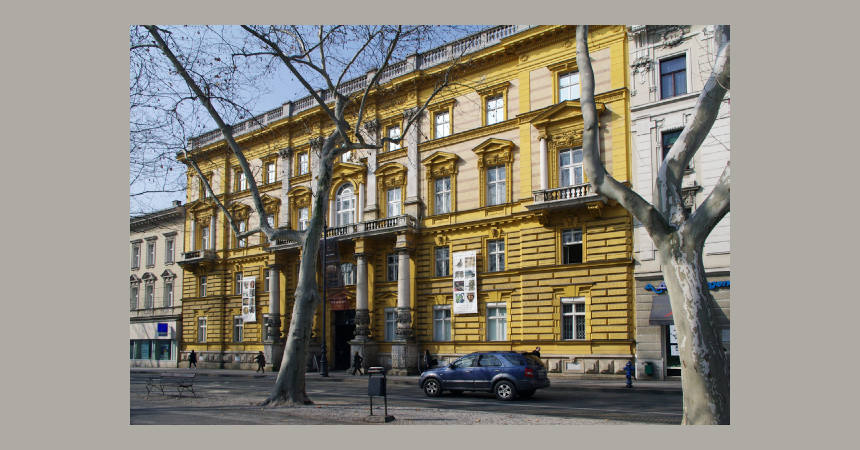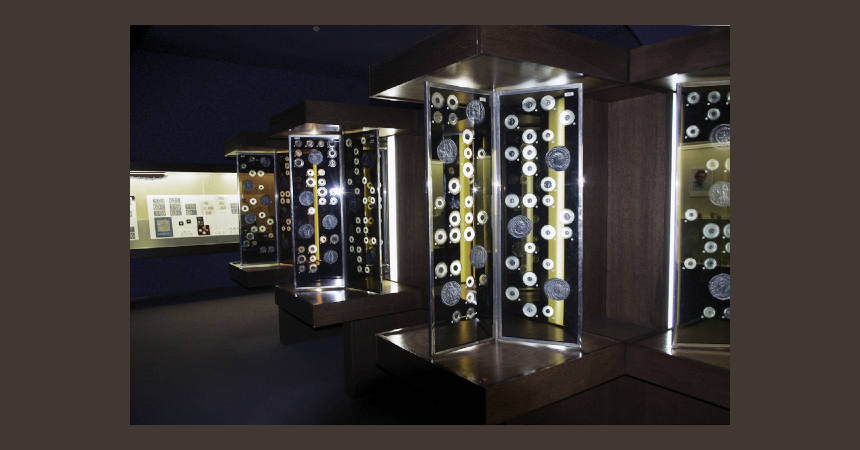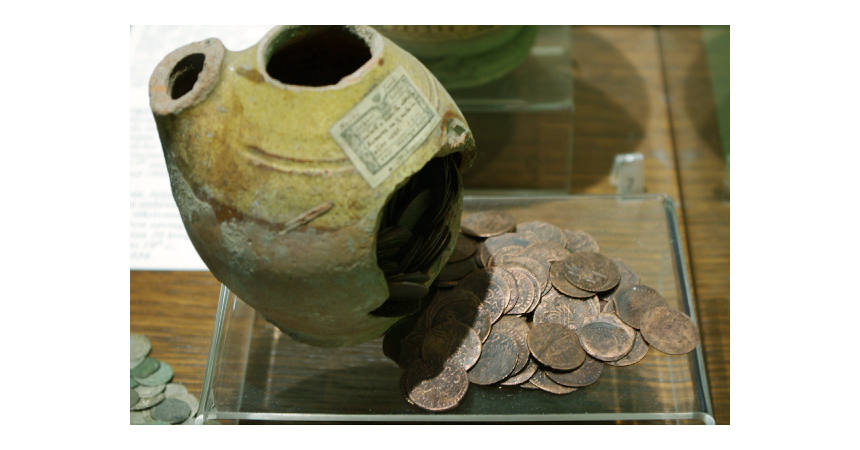Numismatic Collection, Zagreb Archaeological Museum
Wenn es kein Logo gibt, wird diese Spalte einfach leer gelassen. Das Bild oben bitte löschen.
(Dieser Text wird nicht dargestellt.)
19 Nikola Subic Zrinski Square (Trg Nikole Šubića
Zrinskog 19)
10000 Zagreb
Tel: (+385 1) 48 73 101
The Archaeological Museum in Zagreb is one of the direct successors to the former National Museum, the oldest museum institution in the Croatian capital. Founded in 1836, this first National Museum was opened to the public with an exhibition held in 1846. The Archaeological Museum today consists of more than 450,000 varied artifacts, and the Numismatic Collection is the largest and most important collection of this type in Croatia. Although metal coins predominate, the collection contains over 270,000 specimens of metal coins, banknotes, medals, certificates, medallions, badges, orders, tags, and tokens. The Numismatic Library that operates in the scope of the department is also important.
The collection was displayed for the first time in 1978, and is in its current location in the Vranyczany-Hafner mansion on Zrinski Square. In 2009 it was enlarged and the text in all displays are bilingual: Croatian and English.
The Central Gallery
The central part of the permanent display is represented by coins that are arranged chronologically and geographically: Greek coinage, including the Lydian, Imperial, and Greek city states, coins from both the Roman Republic (509-27 BC) and Imperial Rome (27 BC-476 AD) periods, Byzantine coins, Medieval and later coinage, as well as some medals. The permanent display represents a review of the most important coins kept in the Museum. Various types of Celtic coinage minted in the territory later occupied by modern Croatia, as well as Greek-Illyrian coins from the Central Dalmatian mints, are especially important.
Numerous Hoards
There are also quite a number of hoards on display from various periods, accompanied with the very vessels they were found with. These include: silver coins from 3rdcentury Imperial Rome which were found in Pitomača (1966); Italian and African 3rd -2nd century BC bronze coins found in Mazin (1896); 17th-century Ottoman-Bosnian copper coins in a small clay pitcher found in Mitrovica (1885); a savings box found in Kneginec (1885) containing a mixture of Austrian, Bohemian, German, and Hungarian coins from the 15th-16th centuries; and a clay pitcher containing 15th-16th century silver coins from Hungary, Poland, Venice, Kotor, and Dobrovnic which was discovered in Valpovo (1897).
The Modern coins of Croatia issued by the Croatian National Bank on display include numerous mint sets and commemorative coins in addition to banknotes currently in circulation.
Additional Greek and Roman Coins
Additional Greek and Roman coins are displayed as part of the ancient Greek and ancient Roman collections on the 2nd floor. A silver denarius with the head of the Roman Empress Plautille (202-211 AD) is on display while groups of coins, mostly dating from the 4th-3rd centuries BC from the ancient Roman and Greek provinces associated with modern day Croatia, such as: Corcyra Melaina, Issa, Far (Pharos), and Heraclea.
This text was written by Howard M. Berlin and first published in his book Numismatourist in 2014.
You can order his numismatic guidebook at Amazon.
Howard M. Berlin has his own website.









